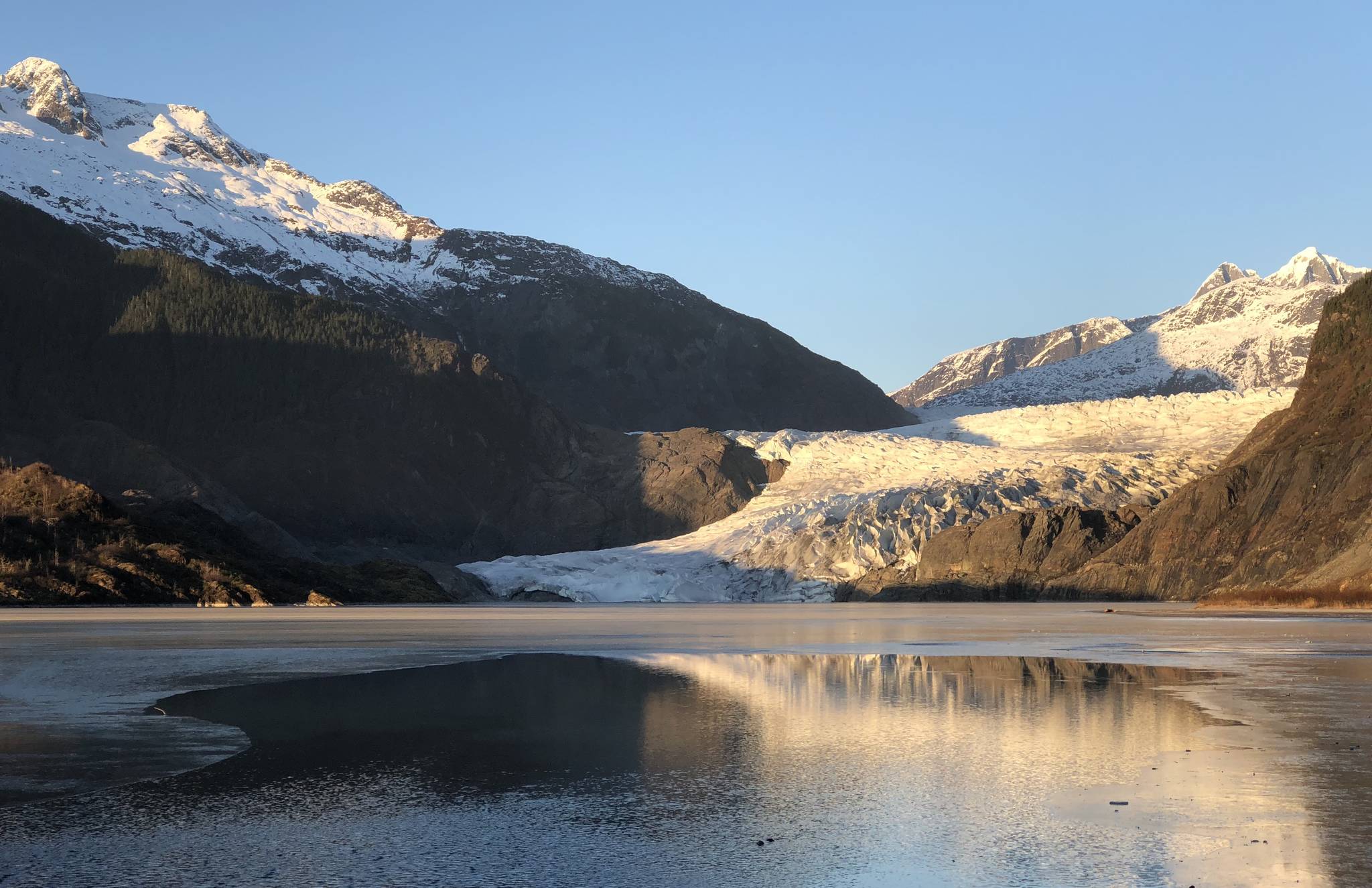Southeast tourism leaders are asking Congress to increase U.S. Forest Service recreation funding, they wrote in an open letter this week. USFS’ recreation budget has shrunk by nearly half in a little over a decade. The reduction has hampered growth in Southeast’s growing visitor industry, the group of 49 Southeast businesses wrote.
“There are thousands of tourism jobs in our communities which provide local residents with full-time and seasonal employment. As the visitor industry grows in Alaska, we look forward to working with the Forest Service to ensure that the opportunity to make a living on these public lands continues,” said Kirby Day, Chair Juneau Economic Development Council Visitor Products Cluster Group.
USFS funding for recreation on the Tongass and Chugach national forests declined 46 percent from 2004-2014. That’s hurting businesses who depend on USFS staff to issue permits and maintain cabins and trails in the Tongass, the businesses wrote.
Tourism companies pay for permits to guide tours in places like Pack Creek Bear Viewing area, on Admiralty Island, and the Mendenhall Glacier Recreation Area in Juneau. Those permits are coming late, some companies say, because USFS staff is overburdened.
The businesses, 16 of which are based in Juneau, are calling for Congress to “reverse the decline and appropriate funding for Tongass recreation programs that reflects their relative importance in terms of economic influence in the region.”
Over a million tourists visited Juneau in 2017. The industry surpassed seafood in both jobs and wages this year for the first time ever. According to numbers from Rain Coast Data, that made tourism the largest private sector employer in Southeast in terms of jobs and wages, surpassing the seafood industry for the first time, though tourism had the lowest wages of any sector in the region.
“In Southeast Alaska, nature-based tourism is one of the big opportunities on public lands. The goal here is to say that investment in our public lands and investment in the Tongass is a real economic driver. We’re talking about recreation but this is serious business,” Pack Creek Bear Tours manager Dan Kirkwood said when reached by phone Friday.
The cost of fighting wildfires now consumes about half of the USFS’ annual budget. In the next few years, “if nothing changes,” forest fires will consume about two-thirds of the annual budget, USFS’ George Schaaf told the Empire earlier this year.
The diversion of recreation funds to wildfire fighting has forced the Forest Service to get creative in maintaining the 169 cabins and hundreds of miles of trails in the Southeast. The USFS created a nonprofit charter called the Alaska Forest Fund a little over a year ago. The AFF, which operates under the National Forest Fund, has allowed the USFS to partner with charities and other nonprofits to help bridge the lack of recreation funds. During its first year of work, the AFF has helped generate $381,000 in funds for trail restoration, conservation initiatives and cabin renovations, most of that going to projects in the Tongass.
• Contact reporter Kevin Gullufsen at 523-2228 or kevin.gullufsen@juneauempire.com.

